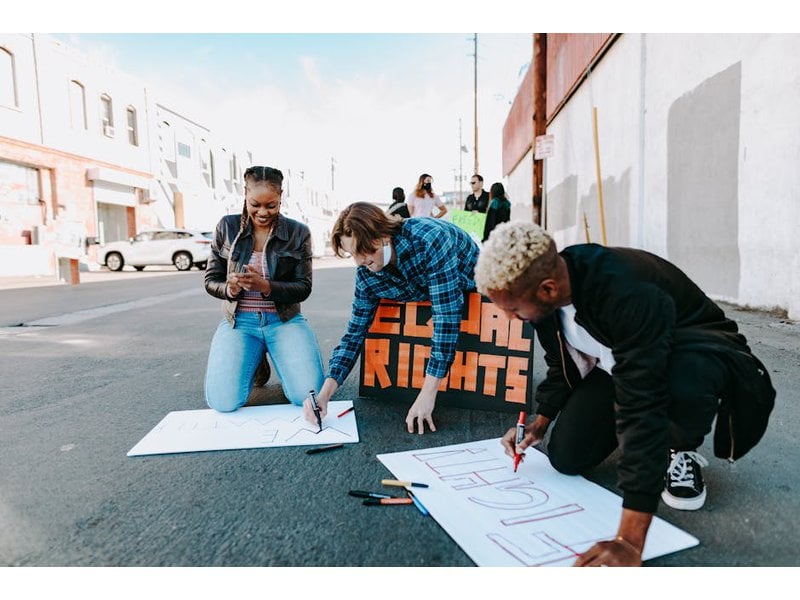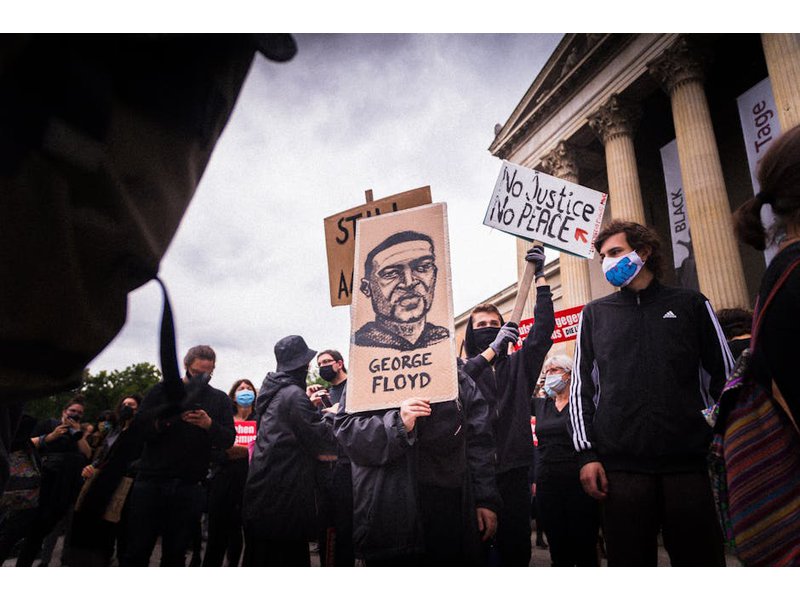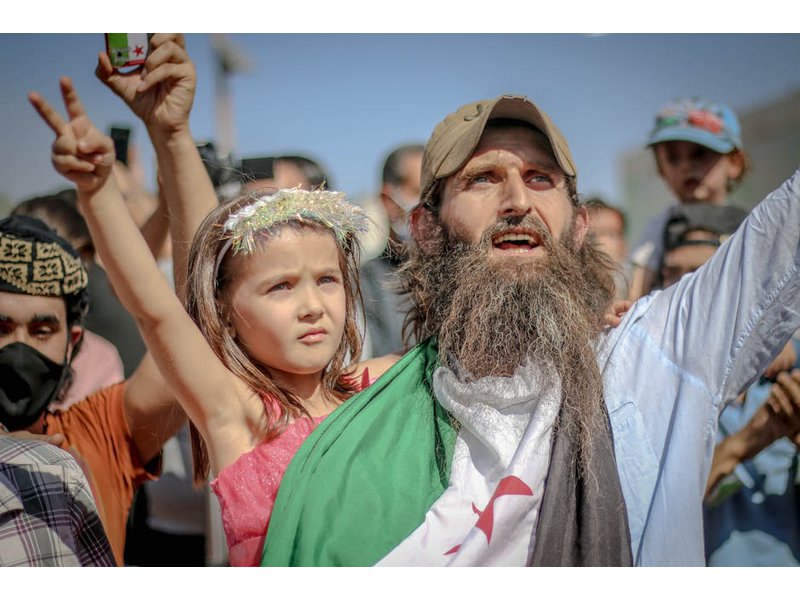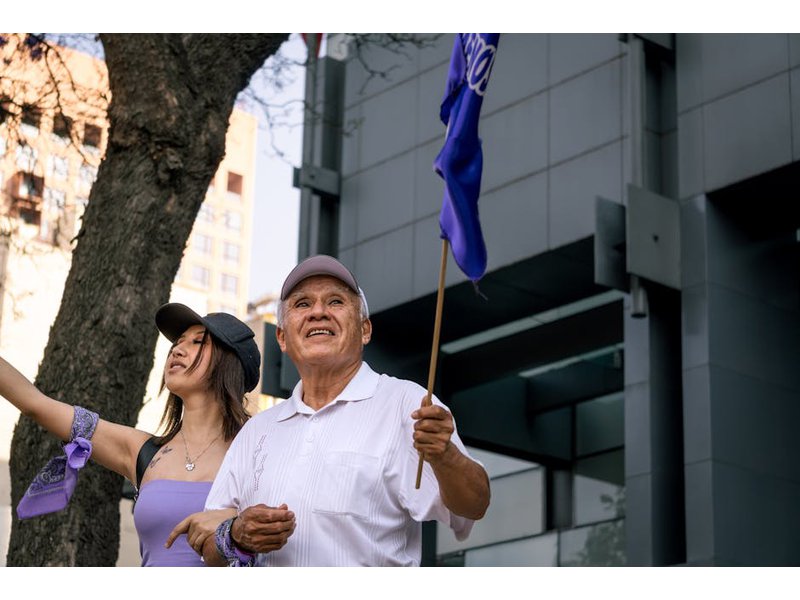033 fraternization

"An alternative to a social boycott of the soldiers and police of the opponent is to fraternize with them, in the process subjecting them to intense influence and direct or indirect propaganda or both.150 The objectives may be 1) to become personal friends with the soldiers and convince them that no personal hostility or desire to injure them is involved in the resistance; 2) to convince them that the objectives of the regime which they serve are unjust and immoral and that those of the nonviolent actionists are just and right; 3) to persuade the soldiers (or other agents of repression) to reduce the efficiency with which they carry out orders against the resisters and the population, or, eventually, to mutiny and refuse to carry them out; or 4) to provide information for the population and the resistance movement on the opponent regime’s plans. Such fraternization is accompanied by noncooperation with the regime and disobedience of its regulations. For example, during the 1956 Hungarian Revolution, even in a"...
Potentially awesome partners
Potentially problematic matches
High scoring campaigns using this method
Historical cases from the Nonviolent Action Database that used this method
Indians embrace trees (Chipko) to stop logging activity, 1971-1974
After the Indo-Chinese border conflict ended in 1963, access to the Indian state of Uttar Pradesh, a region encompassing eight different districts in the Himalayas, was greatly expanded. The money for this expansion, including highway building, gener...
Yemenis oust Saleh regime (Yemen Revolution), 2011-2012
In January 2011, in the wake of the Tunisian revolution and in the midst of the Egyptian revolution, Yemeni students and youth began a yearlong revolution to oust the regime of Ali Abdullah Saleh, president for the past thirty years. This revolution ...
Bardoli peasants campaign against the Government of Bombay, 1928
The Bombay Government (through its Revenue Department) had, in 1927, enhanced the land revenue assessment in the Bardoli taluka (county) by a nominal 22 percent, which, when applied, amounted in some cases to as much as 60 percent enhancement. This t...
Lebanese campaign for democracy (Independence Intifada or Cedar Revolution), 2005
On February 14, 2005, a massive car-bomb explosion rocked Beirut, Lebanon, which killed twenty-two people, including former prime minister and leader of the opposition parties Rafiq Hariri. Suspicions were high that Syria, which had occupied Lebanon ...
Ukrainians overthrow dictatorship (Orange Revolution), 2004
The October 31, 2004, presidential elections in Ukraine pitted popular opposition candidate Viktor Yushchenko against Prime Minister Viktor Yanukovych. The incumbent president, Leonid Kuchma, had personally chosen Yanukovych as his successor, but the...
Nonviolent intervention in Philippines during military clash, 1986
The third party nonviolent intervention during the People Power revolution came about as a result of the turbulent political situation in the Philippines in 1986. After the assassination of opposition leader Benigno Aquino, Jr. in 1983, there were ma...
Defense of Soviet state against coup, 1991
Since assuming the role of General Secretary of the Communist Party of the Soviet Union in 1985, Mikhail Gorbachev pushed for a program of economic openness and political restructuring, prompting resistance and suspicion from hard-line members of the...
Julia Butterfly Hill defends California redwoods, 1999
The economy of the town of Stafford, located in Humboldt County, has been dominated by timber production since the seventeenth century. Pacific Lumber Company, a family owned company, was the primary producer of lumber in the area from 1885 to 1985. ...
Egyptians bring down dictatorship of Hosni Mubarak, 2011
Beginning in 1981, Hosni Mubarak ruled Egypt for over twenty-nine years. Though he ran for presidential reelection several times, elections were marked by widespread fraud, and opposing politicians were legally prohibited from running against Mubarak...
Filipinos campaign to overthrow dictator (People Power), 1983-1986
Ferdinand Marcos was elected president of the Philippines in 1965. Marcos was reelected in 1969 and when barred to run for a third term, he declared martial law and gave himself near absolute power. Marcos assumed full control of the military, dissol...
Low scoring campaigns using this method
Historical cases from the Nonviolent Action Database that used this method
Maori resistance to British land seizure at Parihaka, New Zealand, 1879-81
The Taranaki region of present day New Zealand spreads from the central plateau of the North Island to the western coast. The Maori people, indigenous to the region, once inhabited it and the surrounding areas. By 1860, New Zealand had been a colony ...





